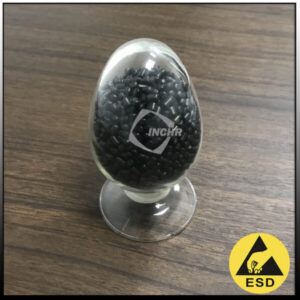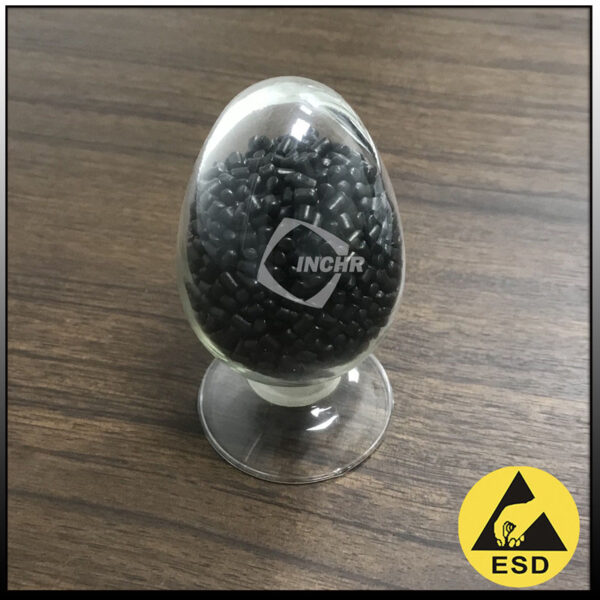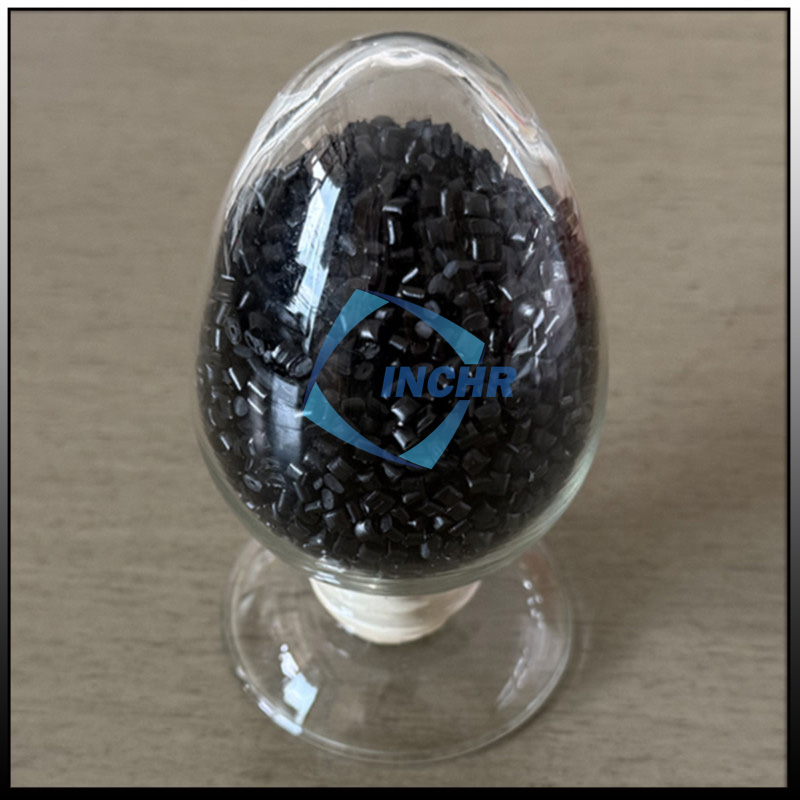The electric vehicle (EV) revolution is reshaping the automotive landscape, pivoting from internal combustion engines to sophisticated electronic systems. At the heart of this transformation are advanced conductive compounds, specially engineered materials that are critical for the performance, safety, and efficiency of EVs. These compounds form the vital circulatory system of every electric car, enabling everything from powerful acceleration to intelligent connectivity.
Why Conductive Compounds Are Indispensable in EVs
Unlike traditional vehicles, EVs rely heavily on complex electrical systems to manage high-voltage battery packs, powerful electric motors, and extensive sensor networks. Standard materials cannot meet the unique demands of these applications.
Key Applications in Electric Vehicles
1. High-Voltage Battery Systems
Conductive compounds are used in battery cell housings, module connectors, and busbars. They ensure efficient current collection and distribution while providing electromagnetic shielding.Their lightweight nature also helps maximize the vehicle’s range.
2. Electric Motor Components
EV motors operate at high speeds and temperatures. Conductive thermoplastics are used in sensor housings and shielding components within the motor to protect sensitive electronics from electromagnetic interference (EMI), which can disrupt performance and cause failures.
3. Wiring and Cable Harnesses
The amount of wiring in an EV is staggering. Conductive compounds are crucial for manufacturing high-voltage cable shields and connectors. These materials protect signals from EMI, prevent electrical arcing, and are often more flexible and corrosion-resistant than metal alternatives, simplifying assembly and improving longevity.
4. Charging Infrastructure
From the charging port on the car to the public charging station, conductive compounds are everywhere. They are used in charging inlet housings, cable connectors, and safety interlock systems to ensure reliable, safe, and fast power transfer.

The Road Ahead: Innovation and Sustainability
The future of conductive compounds is bright. Research is focused on enhancing conductivity while reducing weight and cost. A significant trend is the development of sustainable compounds using recycled materials and bio-based polymers, aligning with the EV industry’s broader environmental goals.
Furthermore, as autonomous driving technology advances, the demand for flawless data transmission will skyrocket. Conductive compounds will play an even more critical role in shielding the immense network of sensors and computers from interference.
Conclusion
They are fundamental enablers, providing the necessary electrical, shielding, and mechanical properties that make modern EVs possible. As technology evolves, these advanced materials will continue to drive innovation, making electric vehicles safer, more efficient, and more accessible to all.
To learn more about the materials science behind our products, visit our Prouduct Catloy.


